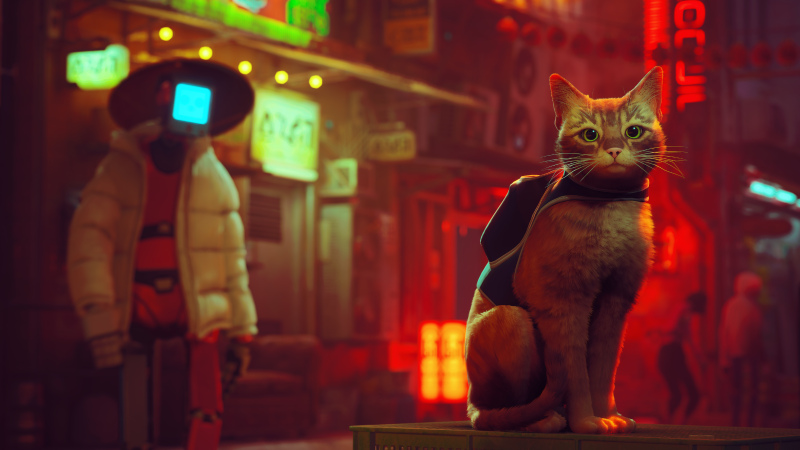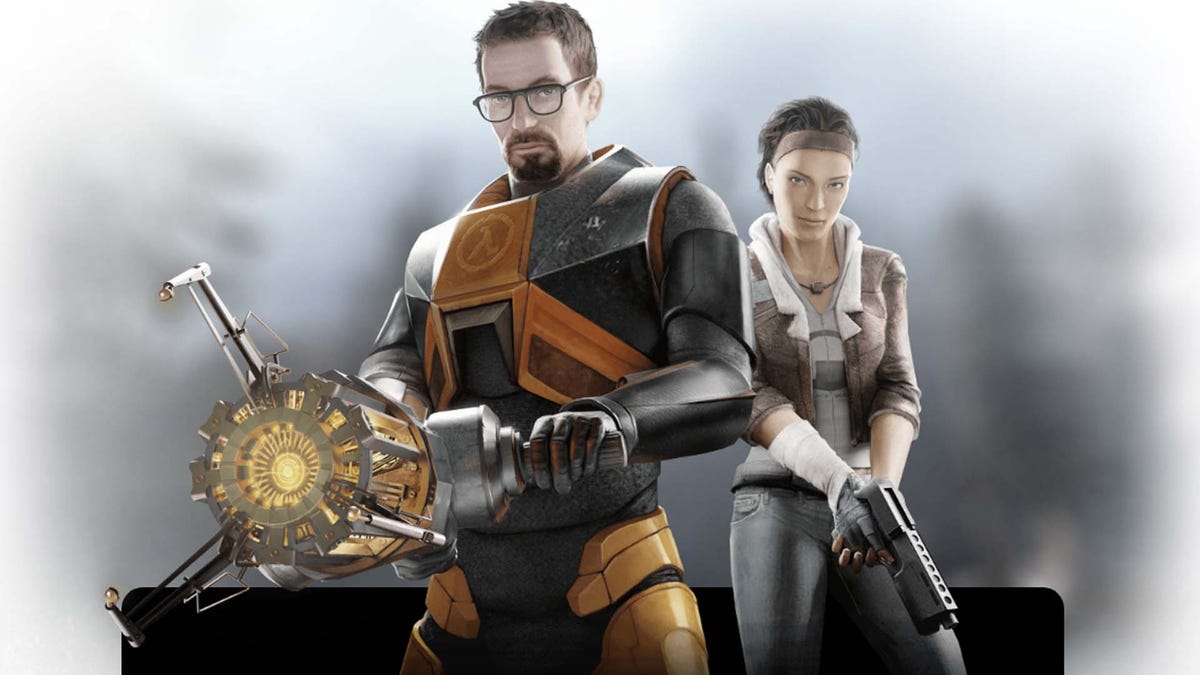Stray is a game about being a cat. You see, explore, and mystify the world in ways only they can. Since you’re doing this in one of the more densely packed video game worlds in recent memory, there’s plenty of room for kitty antics. Luckily, Stray doesn’t waste a moment to help you fulfill your feline desires.
After being separated from her furry friends, the unnamed cat (we call her “Stray”) finds herself deep in an underground city, shielded from the outside by a huge dome. Stray befriends a small drone named B12 and sets out to open up the city, the wish of many of its android citizens who have heard rumors but never seen the sun, clouds and the like.
Stray makes great use of the fact that you’re playing as a cat. Because you’re such a small, agile creature, you need to rethink platforms. A tiny inaccessible ledge in another video game becomes a critical path. There might be a gate in front of your goal, but because you’re so tiny, just slip through the gate. The animation is fantastic throughout and feels believable in terms of the cats’ tiny movements – so much so that my dog growled at my computer when I started playing. Stray is constantly finding new ways to play with his character – both major and small, like pushing things off tables and scratching on doors – and I’ve had a lot of fun discovering these unique interactions as I explore the world explored.
Inspired by Hong Kong’s now-defunct Kowloon Walled City – notable for its strikingly dense architecture and population – Stray’s world is artistically fantastic. The underground city never fails to amaze and is a joy to explore, from underground sewers to cluttered cityscapes full of neon lights, from highly detailed apartments to lonely rooftops. Because it’s so densely packed, the levels often feel like mazes, and I loved navigating their labyrinthine streets.
You’ll spend Stray’s four-hour running time exploring the different districts, meeting citizens, and completing quests. Stray is apparently the most brilliant cat that ever lived. She’s capable of solving logic puzzles, understanding language, and running hyper-specific errands, and I loved that loop. I got excited every time I entered a new district because I knew a new set of puzzles and conversations awaited me. I enjoyed the occasional incursions into combat, stealth, and evasion far less since they never did much interesting with the cat. You more or less simply run or hide in a corner or light up enemies until they explode and call it a day. Luckily these were few and far between, but it was monotonous every time they popped up.
Although his story is simple and never goes beyond superficial explorations of the relationships between people and cities, it is nonetheless moving. As I met more citizens, each wrestling with what it means to be alive despite being a robot (think Nier: Automata, which the game references), I became invested in the wider world. I also enjoyed the fun and touching relationship between B12 and Stray, forming a solid partnership in which the drone helps the cat navigate and understand the world around her.
Stray is above all a charming game. His gimmick – you’re a cat, do cat things – never gets old; I always found it clever in the few hours it took to complete. But more than gimmicks, exploring such a dense and detailed world is a delight, enhanced by the unique gameplay offered by a cat. It’s a solid, short ride through an alien world that’s worth taking.








